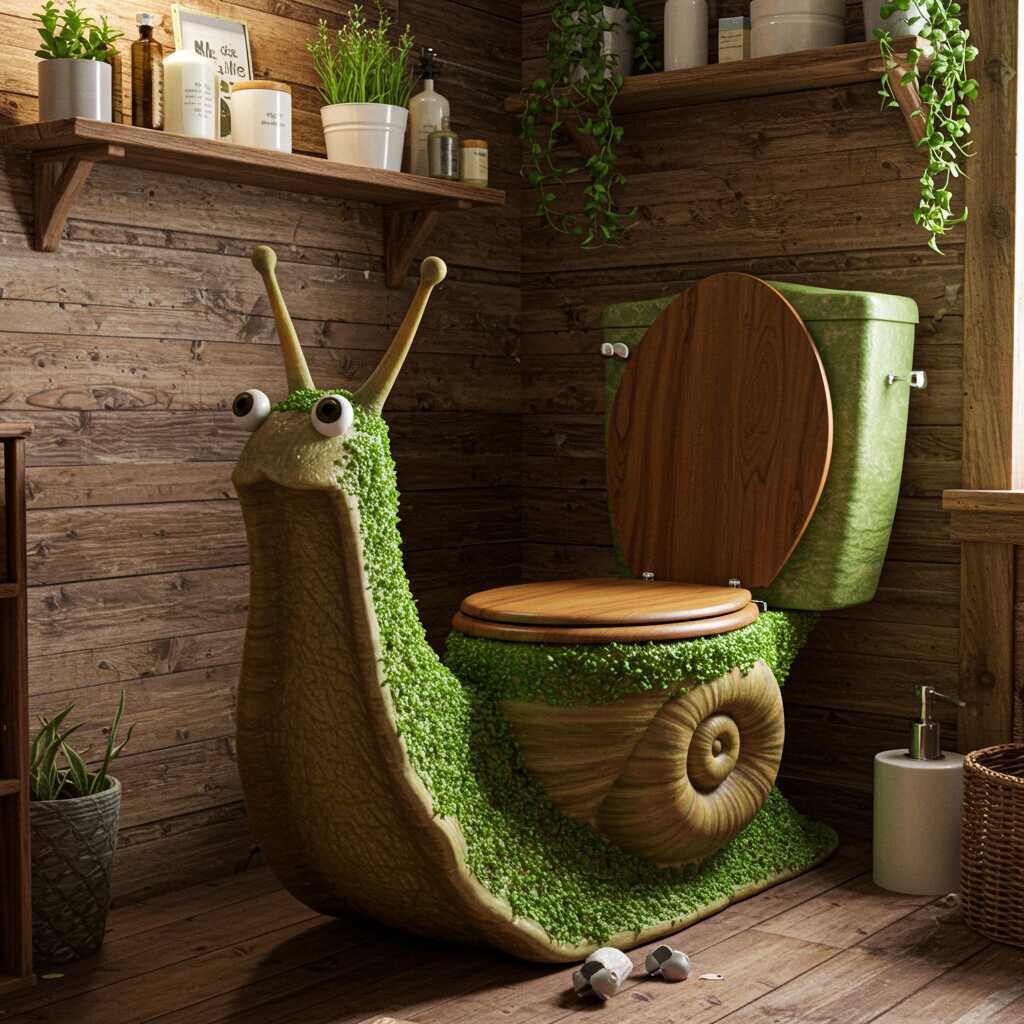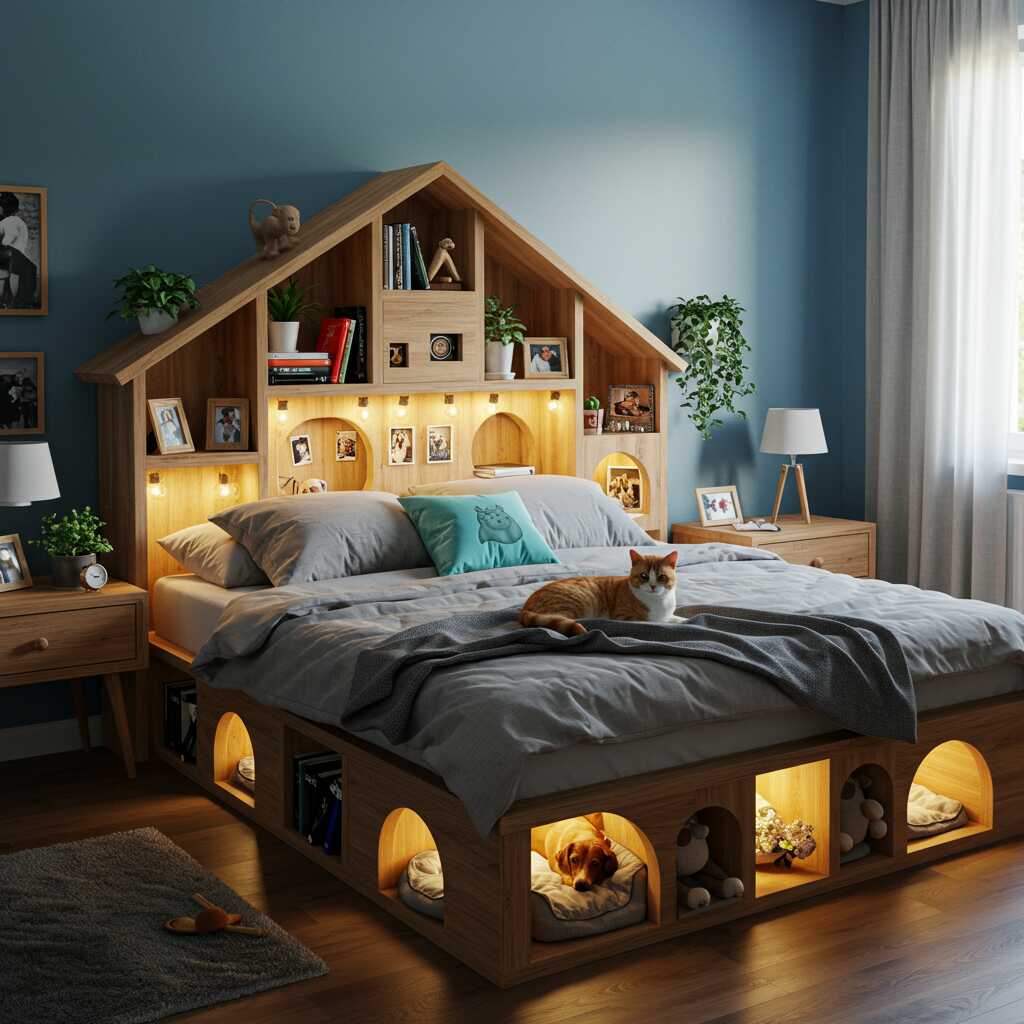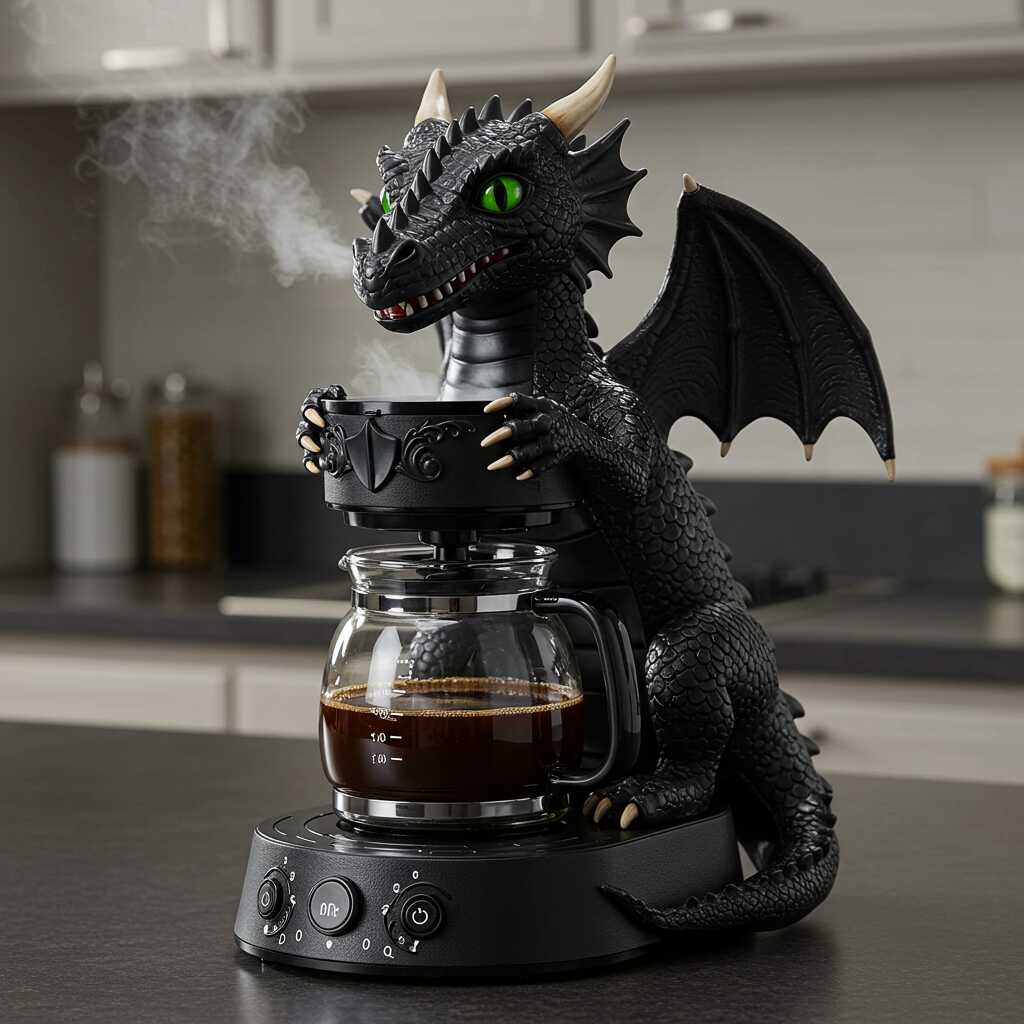In the ever-evolving world of interior design, where creativity knows no bounds, one of the most intriguing trends to emerge is the “Insect Themed Toilet.” This unconventional concept marries the elegance of nature with the functionality of modern bathroom architecture, creating spaces that are not only practical but also deeply immersive. At first glance, the idea of incorporating insects into a space as utilitarian as a toilet may seem peculiar. However, when examined through the lens of contemporary design philosophy, it becomes clear that this trend is more than a fleeting fad—it is a bold statement about humanity’s relationship with the natural world and our desire to infuse everyday spaces with wonder and meaning.
The allure of insect-themed toilets lies in their ability to transform an ordinary room into a sanctuary of artistry and imagination. These designs draw inspiration from the intricate beauty of insects—their vibrant colors, delicate patterns, and unique anatomical features—and translate them into functional elements like tiles, fixtures, lighting, and even structural details. From butterfly-wing mosaics adorning walls to dragonfly-shaped faucets, these creations blur the line between utility and aesthetics, offering users an experience that is both visually captivating and emotionally enriching.
As we delve deeper into this fascinating topic, we will explore how the “Insect Themed Toilet” has evolved as a symbol of innovation in modern design. We’ll examine its origins, discuss its appeal across various demographics, and highlight specific examples that showcase the limitless possibilities of this trend. By the end of this article, you will gain a comprehensive understanding of why these unconventional bathrooms have captured the imagination of designers and homeowners alike, proving that even the smallest creatures can inspire monumental shifts in creative thinking.
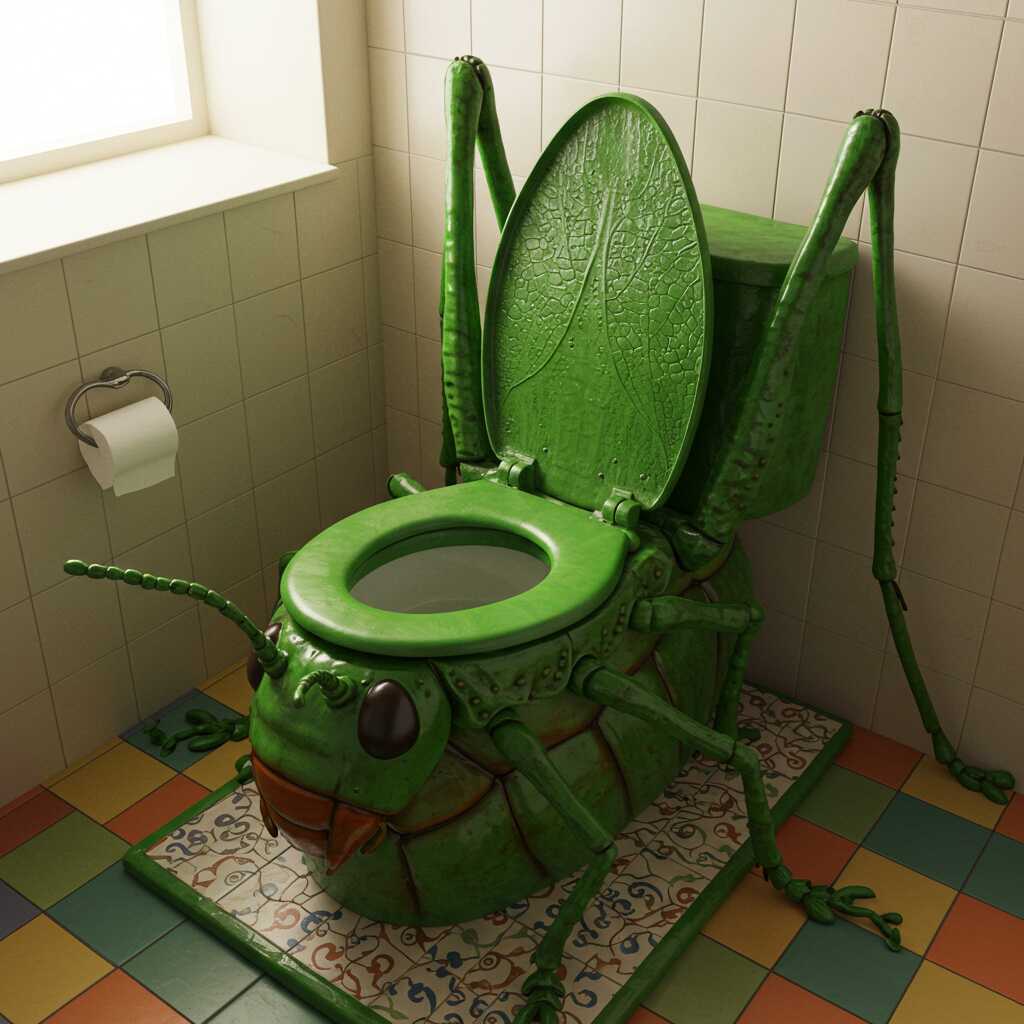
The Origins of Insect-Inspired Design: Nature’s Blueprint
To fully appreciate the phenomenon of the “Insect Themed Toilet,” it is essential to trace its roots back to broader movements in art and design history. The fascination with insects as sources of inspiration dates back centuries, long before they found their way into bathroom interiors. Early civilizations revered insects for their symbolic meanings; ancient Egyptians associated scarab beetles with rebirth and immortality, while Native American cultures viewed butterflies as harbingers of transformation and renewal. These deep-seated associations laid the groundwork for future generations to explore insects not just as subjects of reverence but also as muses for artistic expression.
Fast forward to the 20th century, and we see the emergence of biomimicry—a design approach that seeks to emulate nature’s time-tested patterns and strategies. Architects and designers began looking at the efficiency and ingenuity of insect anatomy, such as the hexagonal structure of honeycombs or the iridescence of beetle shells, to inform their work. This practice eventually trickled down into home decor, where smaller-scale applications allowed for greater experimentation without compromising functionality. For instance, mid-century modernists incorporated organic shapes reminiscent of insect forms into furniture and textiles, subtly nodding to the natural world.
It wasn’t until the early 21st century, however, that insect-inspired motifs truly infiltrated the realm of bathroom design. As minimalist aesthetics gave way to maximalist expressions, people started craving spaces that told stories and evoked emotions. Enter the “Insect Themed Toilet”—a daring fusion of whimsy and sophistication. Designers began using advanced materials and manufacturing techniques to craft pieces that paid homage to insects in striking ways. Glass tiles embedded with firefly-like LED lights mimic the glow of bioluminescent creatures, while laser-cut metal panels featuring cicada silhouettes add texture and intrigue to otherwise plain surfaces.
This evolution reflects a cultural shift toward reconnecting with nature amidst urbanization. Insects, often overlooked in daily life, became symbols of resilience, adaptability, and interconnectedness—qualities many sought to embody in their living spaces. Thus, the rise of insect-themed toilets represents more than mere aesthetic experimentation; it signifies a conscious effort to bring the outside in, transforming mundane environments into sanctuaries that celebrate the marvels of the natural world.
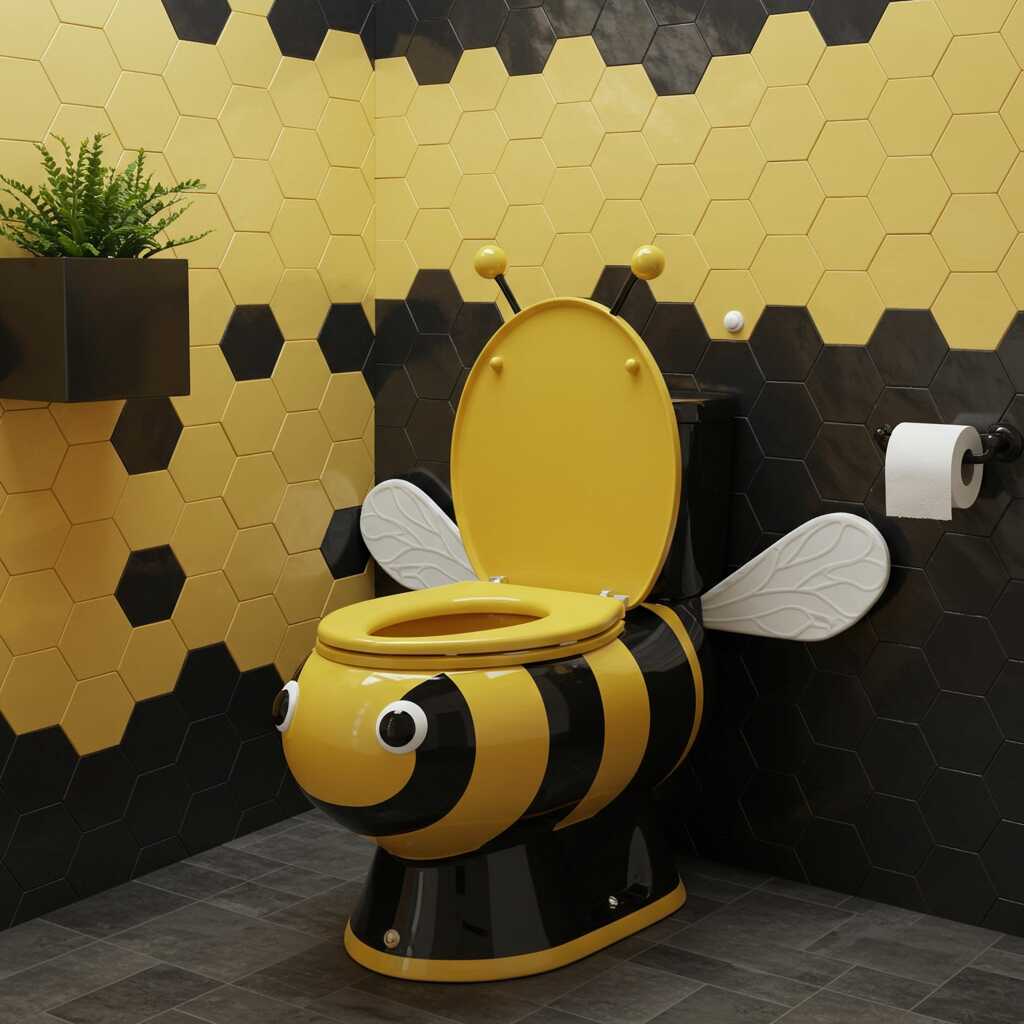
Why Insect Themed Toilets Resonate: A Multifaceted Appeal
The growing popularity of “Insect Themed Toilets” can be attributed to their multifaceted appeal, which resonates with diverse audiences spanning age groups, lifestyles, and personal tastes. At its core, this trend taps into universal human desires for connection, individuality, and sensory stimulation—qualities that make these designs particularly captivating in today’s fast-paced, technology-driven world.
Emotional Connection and Symbolism
For many individuals, the presence of insect motifs within a private space like a bathroom evokes feelings of nostalgia and wonder. Butterflies, for example, are universally recognized as symbols of change and growth, making them especially appealing to those undergoing significant life transitions. Similarly, bees represent industriousness and community, qualities that resonate with professionals seeking motivation and focus. Incorporating these themes into a toilet environment transforms what could be a purely functional space into one imbued with emotional depth and meaning.
Children, too, find immense joy in insect-themed designs. Bathrooms adorned with playful ladybug decals or glow-in-the-dark firefly lights create a sense of magic and adventure, turning routine activities like brushing teeth or washing hands into delightful experiences. Parents appreciate how such designs encourage curiosity about the natural world, fostering early appreciation for biodiversity and ecology.
Visual Impact and Artistic Expression
From a purely aesthetic standpoint, insect-themed toilets offer unparalleled opportunities for visual storytelling. The kaleidoscopic wings of tropical butterflies, the shimmering exoskeletons of jewel beetles, and the intricate venation of dragonfly wings provide endless inspiration for color palettes and textures. Designers leverage these elements to create dynamic contrasts and harmonious compositions that captivate the eye.
Consider, for instance, a bathroom where floor-to-ceiling murals depict a lush forest canopy teeming with life. Strategically placed lighting mimics sunlight filtering through leaves, casting dappled shadows that dance across mosaic tiles shaped like caterpillars and moths. Such immersive environments elevate the act of using the toilet from a mundane necessity to a multisensory journey, engaging sight, touch, and even sound (via ambient audio of chirping crickets or buzzing bees).
Sustainability and Eco-Consciousness
Another reason behind the widespread adoption of insect-themed toilets is their alignment with sustainable values. As awareness grows around environmental issues like habitat destruction and species extinction, consumers increasingly seek ways to honor and protect the planet. By choosing designs that celebrate insects—key players in ecosystems worldwide—homeowners signal their commitment to ecological stewardship.
Moreover, many manufacturers producing insect-themed fixtures prioritize eco-friendly practices, using recycled materials and energy-efficient production methods. This synergy between form and function reinforces the idea that beautiful design need not come at the expense of ethical responsibility.
Versatility Across Styles
Finally, the versatility of insect-themed toilets ensures their broad appeal. Whether your taste leans toward bohemian eclecticism, sleek minimalism, or rustic charm, there exists an interpretation of this trend tailored to suit your preferences. For instance, a luxury spa might feature gold-plated dragonfly faucets paired with marble countertops, while a cozy cabin retreat could incorporate wooden accents carved with ant motifs. This adaptability underscores the timeless relevance of insect-inspired design, ensuring its continued prominence in the years to come.
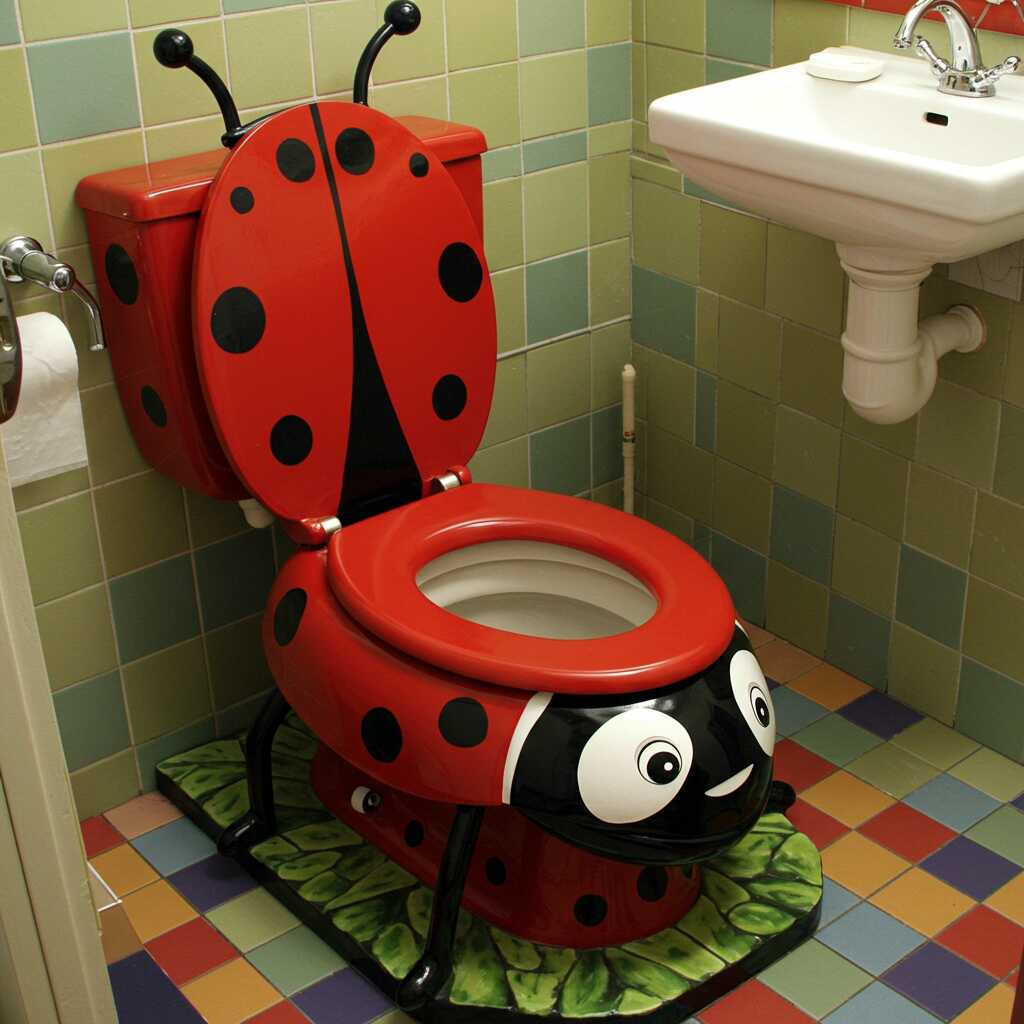
Notable Examples of Exquisite Insect Themed Toilets
To truly grasp the transformative power of the “Insect Themed Toilet,” one must examine real-world installations that exemplify the pinnacle of this design movement. These standout projects not only showcase technical ingenuity but also serve as testaments to the boundless creativity inspired by the natural world.
One remarkable example is the Butterfly Bliss Bathroom, located in a high-end resort in Bali. Designed by renowned architect Maya Lin, this space reimagines the traditional notion of luxury by integrating local flora and fauna into every detail. The centerpiece is a custom-designed sink basin crafted from translucent resin, embedded with preserved butterfly wings arranged in a swirling pattern. Overhead, a skylight framed by steel beams shaped like butterfly antennae floods the room with natural light, casting ethereal shadows that shift throughout the day. Guests describe the experience as akin to stepping into a cocoon of tranquility, where the boundaries between indoors and outdoors dissolve seamlessly.
Equally impressive is the Dragonfly Haven, a public restroom installation in Tokyo’s bustling Shibuya district. Created by Japanese designer Yoko Ando, this project challenges conventional perceptions of urban infrastructure by transforming a utilitarian space into a work of art. The walls are clad in metallic tiles that reflect light in a manner reminiscent of dragonfly wings, creating an ever-changing interplay of hues depending on the viewer’s angle. Faucets shaped like elongated dragonfly bodies extend gracefully over basins lined with pebbles, echoing the serenity of a mountain stream. Even the hand dryers emit a soft hum mimicking the buzz of dragonflies in flight, further enhancing the immersive atmosphere.
Closer to home, the Firefly Retreat in Austin, Texas, offers another compelling case study. Conceived by interior designer Ava Chen, this residential bathroom draws inspiration from childhood memories of summer nights spent chasing fireflies. Tiny LED lights embedded in the ceiling twinkle intermittently, replicating the enchanting glow of fireflies dancing in the dark. A freestanding tub sits atop a platform made of reclaimed wood, its surface inlaid with tiny glass beads that catch the light like dewdrops on grass. The pièce de résistance? A mirror framed by delicate copper filigree resembling firefly silhouettes, adding a touch of whimsy to the overall aesthetic.
These examples underscore the diversity and sophistication achievable within the realm of insect-themed toilets. Each project tells a unique story, yet all share a common thread: a profound respect for the beauty and complexity of the insect kingdom, translated into designs that inspire awe and admiration.
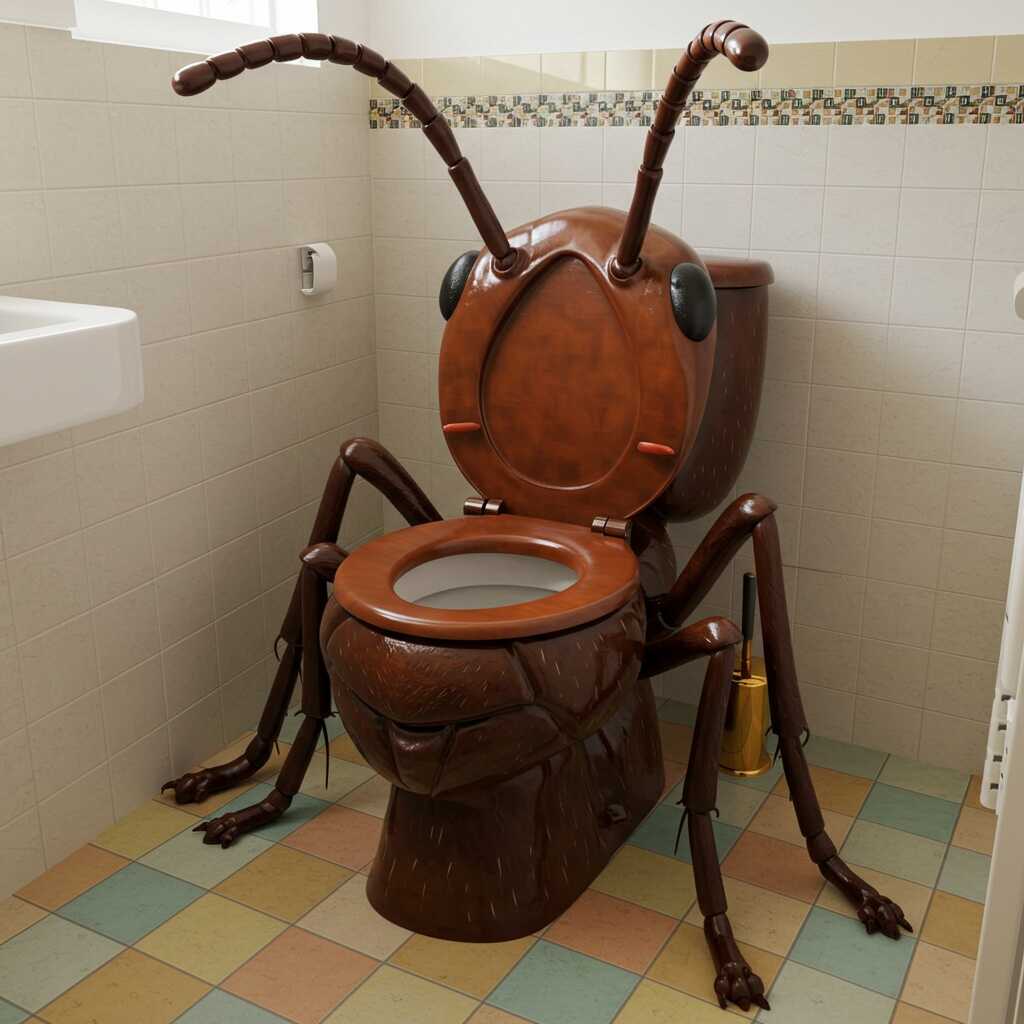
Practical Considerations: Balancing Aesthetics and Functionality
While the “Insect Themed Toilet” undeniably captivates the imagination, it is essential to address the practical aspects of integrating such intricate designs into everyday spaces. After all, a bathroom—no matter how artistically inspired—must remain functional, hygienic, and user-friendly. Designers and homeowners alike face unique challenges when incorporating insect motifs into these environments, requiring careful planning and execution to strike the perfect balance between form and function.
Material Selection and Durability
One of the primary concerns in creating an insect-themed toilet lies in selecting materials that are both visually striking and durable enough to withstand daily use. For instance, delicate glass mosaics depicting butterfly wings may add a touch of elegance, but they must also resist water damage, mold growth, and wear over time. Similarly, metallic accents resembling dragonfly exoskeletons need to be corrosion-resistant, especially in humid bathroom environments.
To address these challenges, many designers turn to cutting-edge materials like porcelain enamel, resin composites, and powder-coated metals. These options not only mimic the iridescence and texture of insects but also offer superior longevity compared to traditional materials. For example, a sink basin crafted from translucent resin embedded with preserved insect wings can retain its vibrant appearance for years while remaining easy to clean and maintain.
Spatial Planning and Ergonomics
Another critical consideration is spatial planning. While elaborate designs might look stunning in large, open bathrooms, they can overwhelm smaller spaces if not executed thoughtfully. Insect-themed elements should enhance the room’s functionality rather than detract from it. For instance, installing a faucet shaped like a praying mantis may seem whimsical, but it must still provide adequate water flow and ergonomic comfort for users.
Designers often employ clever techniques to ensure that aesthetic features do not compromise usability. Wall-mounted fixtures, recessed shelving, and strategically placed lighting can create the illusion of space while keeping essential items within reach. Additionally, modular components allow homeowners to customize their insect-themed toilets according to their needs, ensuring that every element serves a purpose beyond mere decoration.
Maintenance and Cleaning
The complexity of insect-themed designs also raises questions about maintenance and cleaning. Intricate patterns, textured surfaces, and unconventional shapes can trap dust, dirt, and grime, making regular upkeep more labor-intensive. To mitigate this issue, designers increasingly prioritize smooth finishes and seamless joints in their creations. Non-porous materials like ceramic and quartz are favored for countertops and tiles, as they resist stains and are easier to sanitize.
Furthermore, advancements in smart technology have introduced self-cleaning features that complement insect-themed aesthetics. Touchless faucets, automatic soap dispensers, and anti-bacterial coatings reduce the need for manual cleaning, allowing homeowners to enjoy their artistic bathrooms without added hassle.
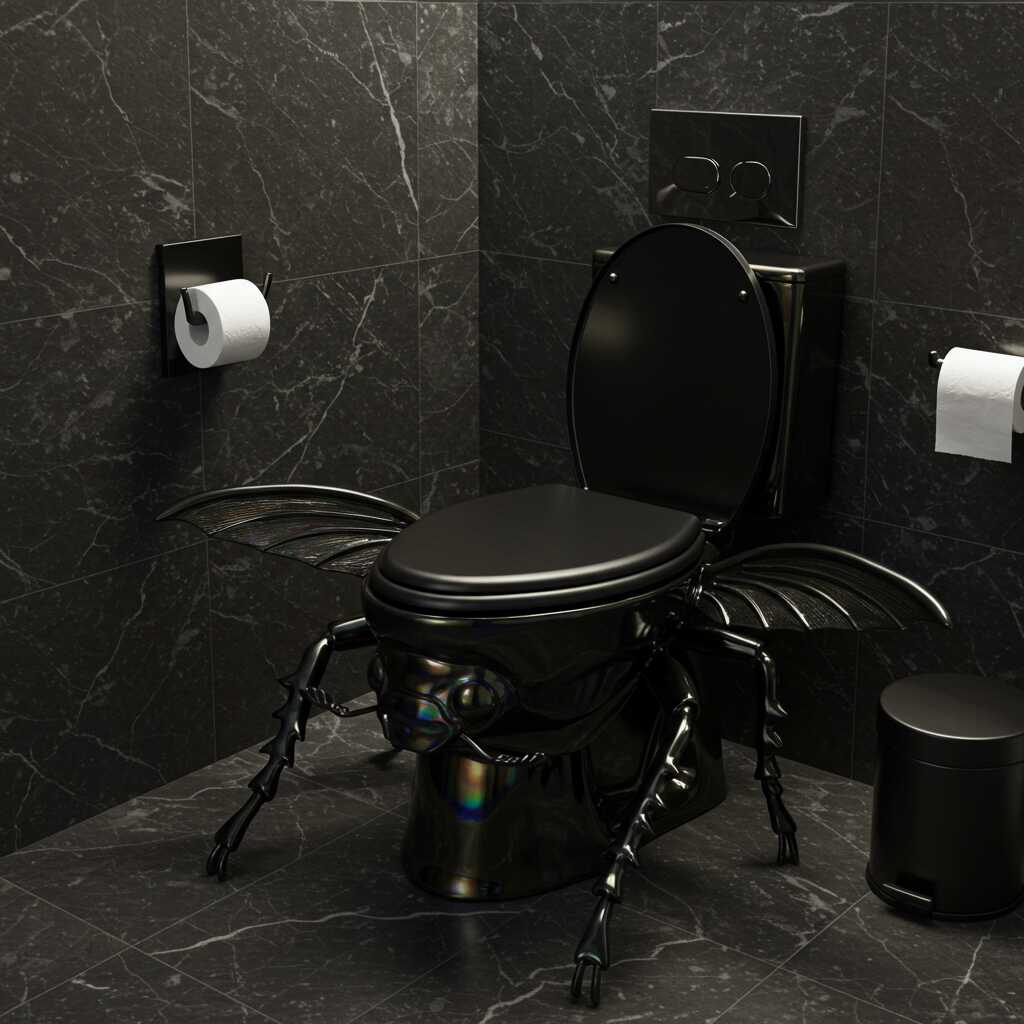
Conclusion: Embracing the Extraordinary
The “Insect Themed Toilet” stands as a testament to humanity’s enduring fascination with the natural world and our capacity to reimagine it in bold, innovative ways. Far from being a mere novelty, this trend embodies the intersection of art, science, and sustainability, offering a glimpse into the future of design where functionality meets fantasy. By embracing the extraordinary, we not only enhance our living spaces but also deepen our connection to the environment that sustains us. As this movement continues to evolve, one thing remains certain: the allure of insect-themed toilets will endure, reminding us that even the smallest creatures hold infinite potential to inspire greatness.
